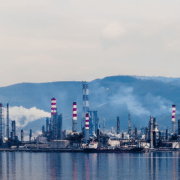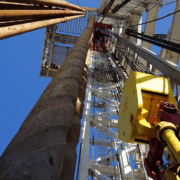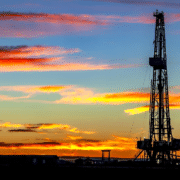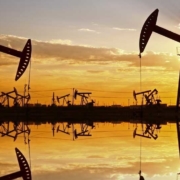Following last week’s price rally, oil prices move higher on Monday morning, on bullish demand figures coming from China. Additionally, U.S. dollar weakness contributed to last week’s price rally. Traders are also expecting deeper OPEC+ cuts of 1.15 million bbl/d in August and September. As a result, Brent crude traded above $46 which was mainly driven by the supply disruption triggered by the hurricanes in the Gulf Mexico, which affected around 84% of the USGC production where around 1.7 million bbl/d remain offline.
Laura, a category 4 hurricane made landfall early Thursday last week, in the Southwestern part of Louisiana. becoming one of the most powerful storms in history to hit the state. More than 310 offshore platforms, out of 643, were evacuated in addition to nine refineries leading to a 2.7 million bbl/d outage, around 15% of the US refining capacity. Furthermore, initial reports reveal that the damage caused to the refineries is minor, but continuing power outages could delay the resumption of refining operations.
Click here to read the full article.
Source: Oil Price










